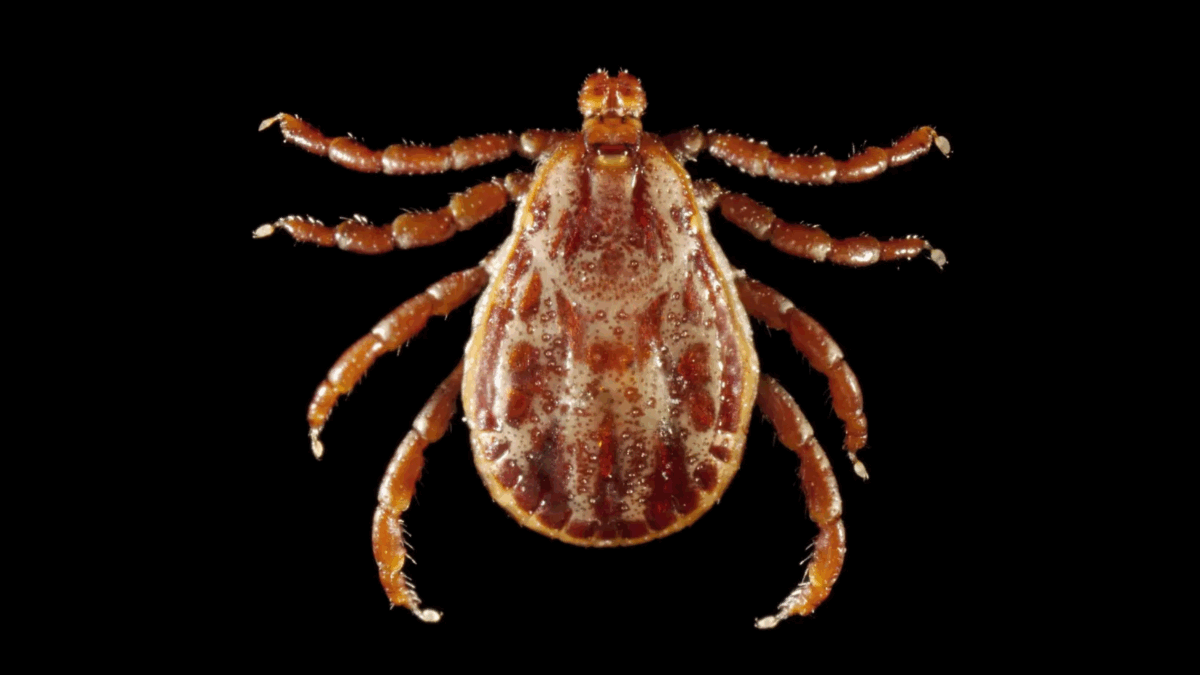Health
Plan to prevent tick bites as you hit the trails this spring

The Rocky Mountain Wood tick is the most common tick found in Utah. Photo: Dr. Christopher Paddock // Center for Disease Control
SUMMIT COUNTY, Utah – Although Utah isn’t known as a hotspot for ticks, Summit County Health is reminding hikers to take preventative measures to avoid encounters with these insects.
Ticks in Utah are most active during the spring – after the snow melts and before the hot and dry temperatures of July. They’ll also increase in the fall as the temperatures cool before the snow comes.
Wooded and brushy areas with high grasses and leaf litter are prime habitats for ticks. When hiking, try staying in the center of the trail and avoid brushing against the grass. Be aware that spending time outdoors – camping, hunting, or walking your dog – could also bring you in contact with ticks.
Tick prevention and removal
The best way to prevent tick bites is adequately preparing before heading outdoors. Health officials recommend wearing long sleeves, tucking pants into socks, and using an EPA-registered insect repellent. Products containing 0.5% permethrin are a recommended choice.
Always complete a thorough body check after leaving tick habitat. Ticks can often be found in the armpit, waistline, belly button, scalp, and crotch areas.
If you have been bitten, follow CDC guidelines for proper tick removal. You can save the removed tick in rubbing alcohol in case symptoms develop, as tick identification is helpful for a diagnosis.
While Summit County Health does not offer tick identification services, residents can stop by any of their clinics to pick up a tick collection vial and instructions on how to send it to a lab for testing.
Utah’s most common tick is the Rocky Mountain Wood tick, which can transmit Colorado Tick Fever. Only one species of tick in Utah is capable of transmitting Lyme disease, and the likelihood of encountering one is very low.



















